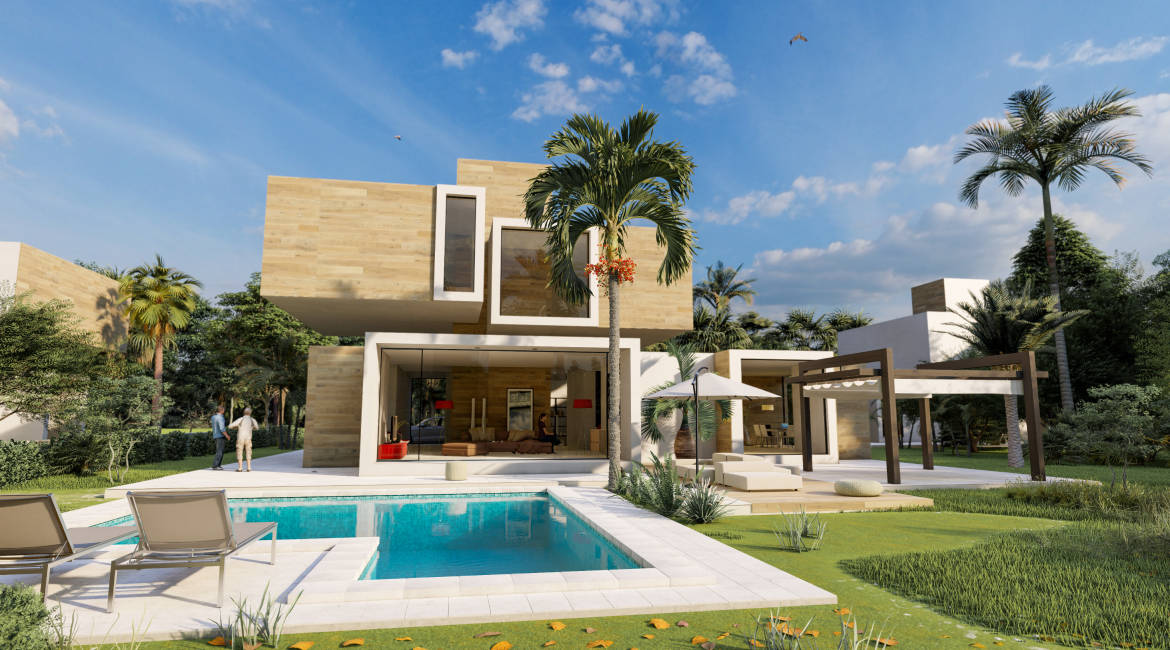Dubai Rental Market: Current Trends and Projections for 2025


government and regulated by RERA (Real Estate Regulatory Agency), the market has demonstrated resilience and continued growth. With rising demand and robust rental yields in 2024, projections for 2025 suggest further upward trends. This blog provides an overview of Dubai’s current rental market, key statistics, and future outlook for landlords, investors, and tenants.
In 2024, the Dubai rental market experienced notable growth across both residential and commercial properties. Several factors contributed to this trend:
Prime locations such as Palm Jumeirah, Downtown Dubai, and Dubai Marina saw steep rent increases, while mid-range areas like Jumeirah Village Circle (JVC) and Dubai Hills Estate remained popular for families and budget-conscious tenants.
Dubai continues to be an attractive destination for investors due to its high rental yields. Here are key rental yield statistics for 2024:
| Location | Average Rental Yield | Property Type |
| Palm Jumeirah | 5.5% | Luxury Villas/Apartments |
| Downtown Dubai | 6.5% | High-End Apartments |
| Dubai Marina | 7.0% | Mid to Premium Apartments |
| Jumeirah Village Circle | 8.0% | Affordable Apartments |
| International City | 9.0% | Budget-Friendly Apartments |
Dubai’s yields outperform major global cities like London and New York, solidifying its position as a top investment destination.
The Real Estate Regulatory Agency (RERA) plays a pivotal role in ensuring Dubai’s rental market remains transparent, fair, and attractive for all stakeholders. Key RERA initiatives include
The Rental Index serves as a benchmark for fair rent prices, preventing excessive hikes. Rent increases are capped at 5-20% depending on RERA’s calculations.
All rental contracts must be registered via Ejari, a system ensuring legal protection for tenants and landlords.
The Rental Dispute Settlement Centre (RDSC) resolves conflicts efficiently, offering a structured legal pathway for disputes.
By enforcing such regulations, RERA strengthens tenant rights, enhances investor confidence, and ensures market stability.
Residential rents are projected to rise between 5-12% in popular areas. Prime locations like Palm Jumeirah and Downtown Dubai may see increases of up to 15% due to limited supply.
Commercial hubs such as Business Bay and DIFC will experience rental hikes of 5-8%, driven by business expansion and relocation to Dubai.
Areas like JVC, Dubai Hills Estate, and Dubai South will attract families and working professionals due to their affordability and amenities.
With Dubai’s thriving tourism sector, short-term rentals in areas like Dubai Marina and Downtown will gain traction, further driving demand.
| Area | Expected Rent Increase | Key Features |
| Palm Jumeirah | 10-15% | Luxury waterfront properties |
| Downtown Dubai | 8-12% | High-end apartments, central |
| JVC (Jumeirah Village Circle) | 8-10% | Affordable, family-friendly |
| Business Bay | 5-8% | Commercial and office spaces |
Dubai’s rental market remains a global leader due to several competitive advantages:
As we move into 2025, Dubai’s rental market is expected to continue its upward momentum. Here’s what to Expect
Dubai’s rental market is set for sustained growth through 2025, driven by economic stability, population growth, and strong investor demand. The enforcement of the RERA Rental Index and Ejari registration ensures transparency and tenant protection, making Dubai’s market one of the most secure globally.
For investors, areas like JVC, Dubai Marina, and Palm Jumeirah offer excellent opportunities, with rental yields outperforming international benchmarks. Tenants, meanwhile, can expect fair practices under RERA’s framework as rents continue their upward trend.
Dubai’s real estate market, supported by strong governance and global appeal, is undoubtedly primed for success in the coming years.